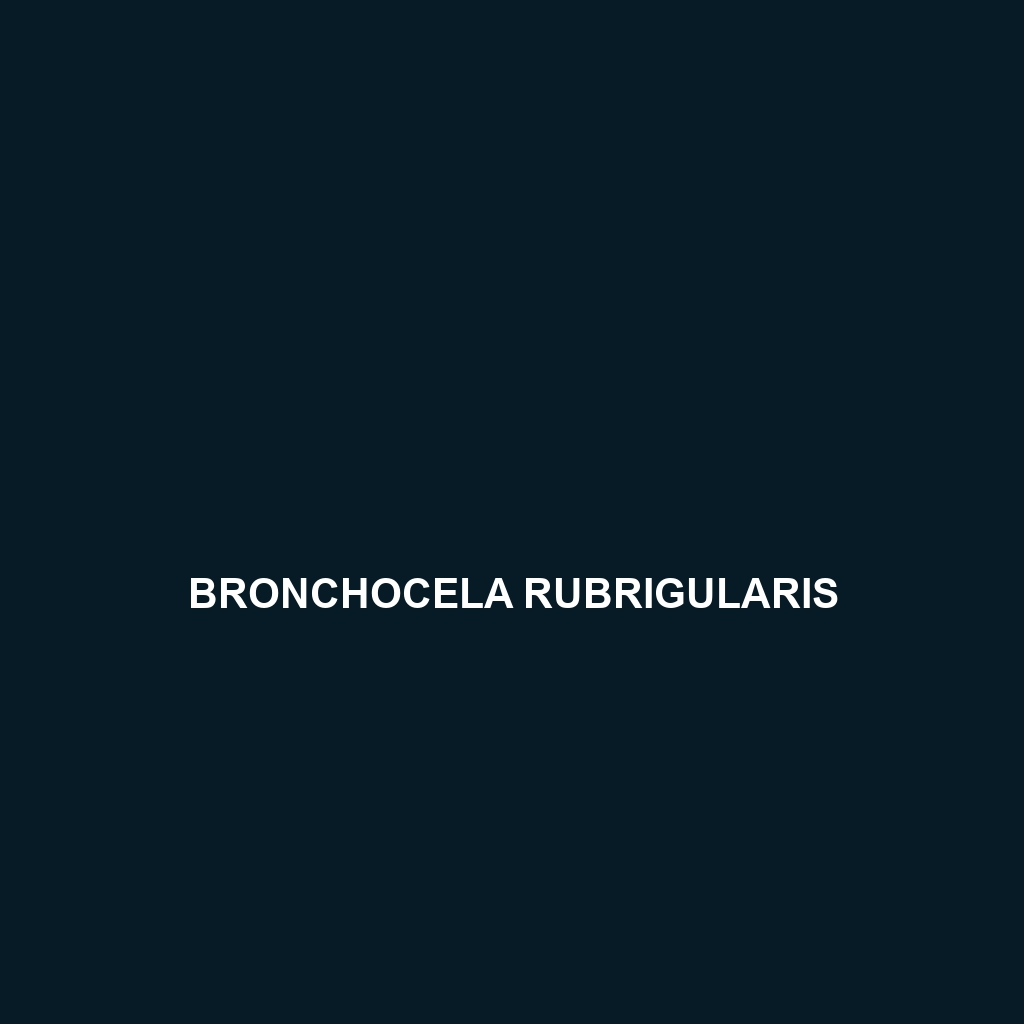Common Name: Bronchocela rubrigularis
Scientific Name: Bronchocela rubrigularis
Habitat:
Bronchocela rubrigularis, commonly known as the Red-throated Tree Lizard, is primarily found in the tropical and subtropical regions of Southeast Asia. Its range includes countries like Malaysia, Indonesia, and the Philippines, inhabiting dense forests as well as plantations and disturbed areas. This species thrives in humid environments where it can easily access sunlight for thermoregulation.
Physical Characteristics:
Bronchocela rubrigularis can grow to an average length of 15 to 25 centimeters. This species is distinguished by its vibrant coloration, with adult males exhibiting striking red and orange hues on their throats, which are particularly pronounced during the breeding season. The lizard has a slender body, elongated limbs, and a flattened head, which aids in its arboreal lifestyle. Its scales are smooth and reflect light, providing camouflage among the leaves and branches.
Behavior:
The behavior of Bronchocela rubrigularis is largely arboreal, as they are proficient climbers, spending much of their time in trees. During the day, they can be seen basking in the sunlight, showcasing their vibrant throat colors to attract mates. This species is known for its territorial displays, with males often engaging in push-up displays to demonstrate dominance. They are diurnal, primarily active during the day, and exhibit a rapid movement pattern when threatened or disturbed.
Diet:
The diet of Bronchocela rubrigularis consists mainly of small insects and arthropods. They are insectivorous, feeding on a variety of sources including crickets, ants, and beetles. Their foraging behavior includes active hunting and ambushing prey from their perches. The lizard’s feeding habits play a crucial role in controlling insect populations within their habitat.
Reproduction:
Bronchocela rubrigularis breeds during the warmer months, typically from late spring to early summer. Males engage in elaborate courtship displays to attract females, which may include head bobs and colorful throat displays. Females lay eggs in clutches, usually between 3 to 7 eggs, in moist soil or leaf litter. The eggs incubate for several weeks before hatching, and the young lizards are independent from birth.
Conservation Status:
Currently, Bronchocela rubrigularis is classified as Least Concern on the IUCN Red List. However, habitat destruction due to deforestation and human encroachment poses a potential threat to this species. Conservation efforts are necessary to monitor their populations and protect their natural habitats.
Interesting Facts:
One fascinating aspect of Bronchocela rubrigularis is its ability to change the intensity of its throat color in response to its environment, making it an interesting subject for studies on color adaptation. Additionally, this species has a unique ability to glide short distances, which aids in its movement between trees.
Role in Ecosystem:
Bronchocela rubrigularis plays a vital role in its ecosystem as both a predator and prey. By controlling insect populations, it contributes to ecological balance. Furthermore, as a food source for larger predators, it helps maintain the food web. The presence of this lizard also indicates a healthy forest ecosystem, reflecting biodiversity and habitat integrity.
